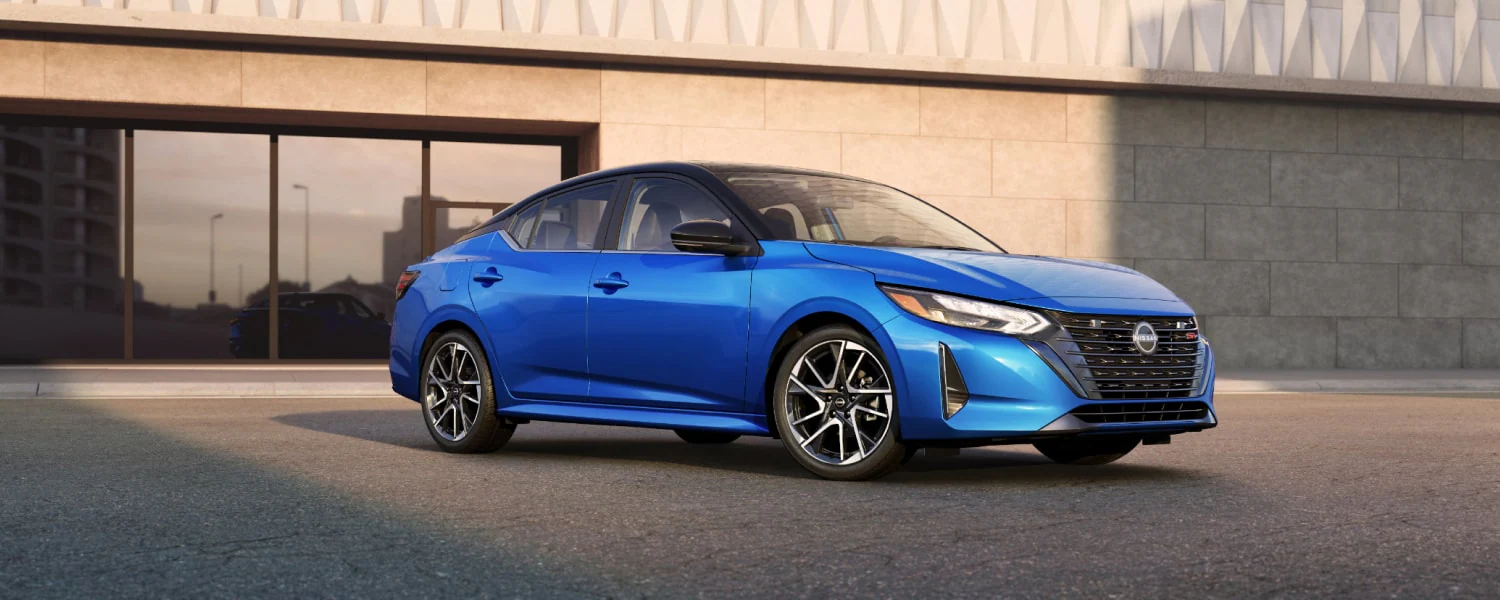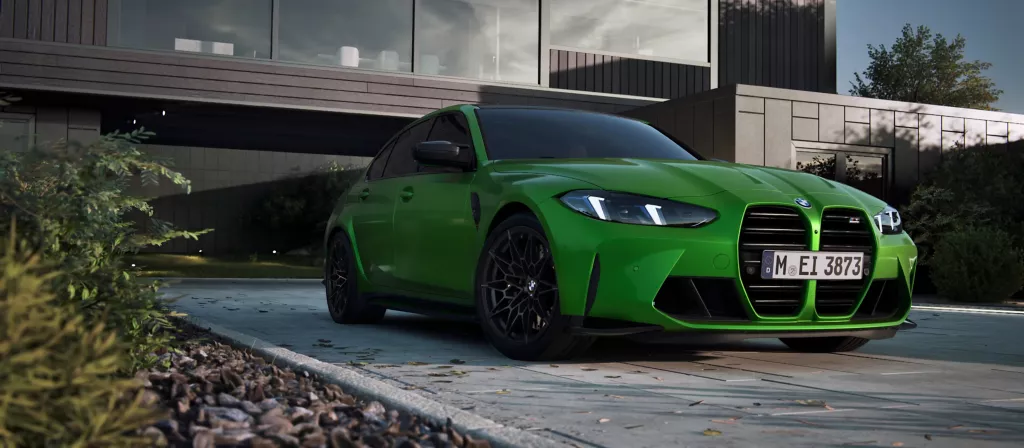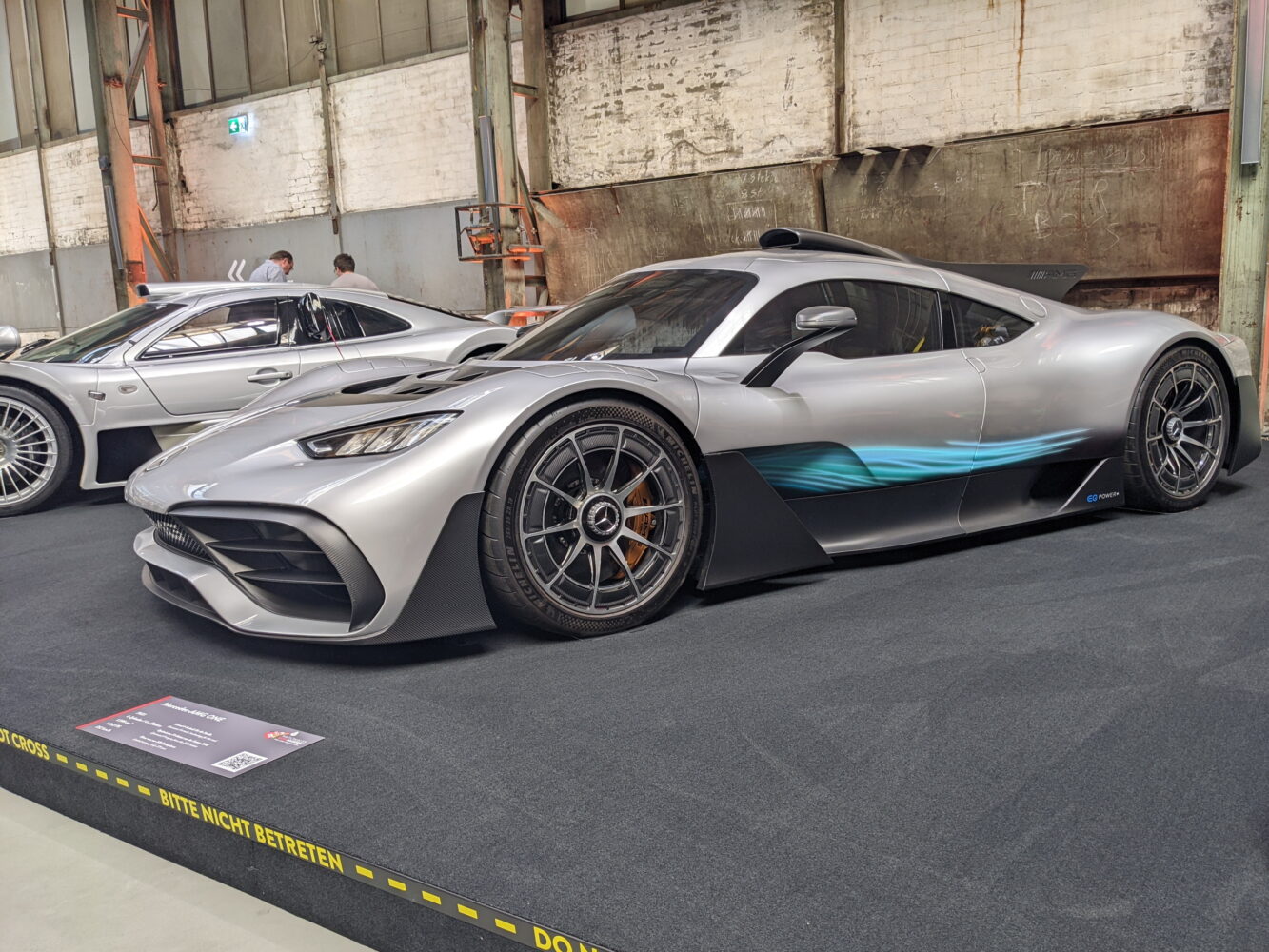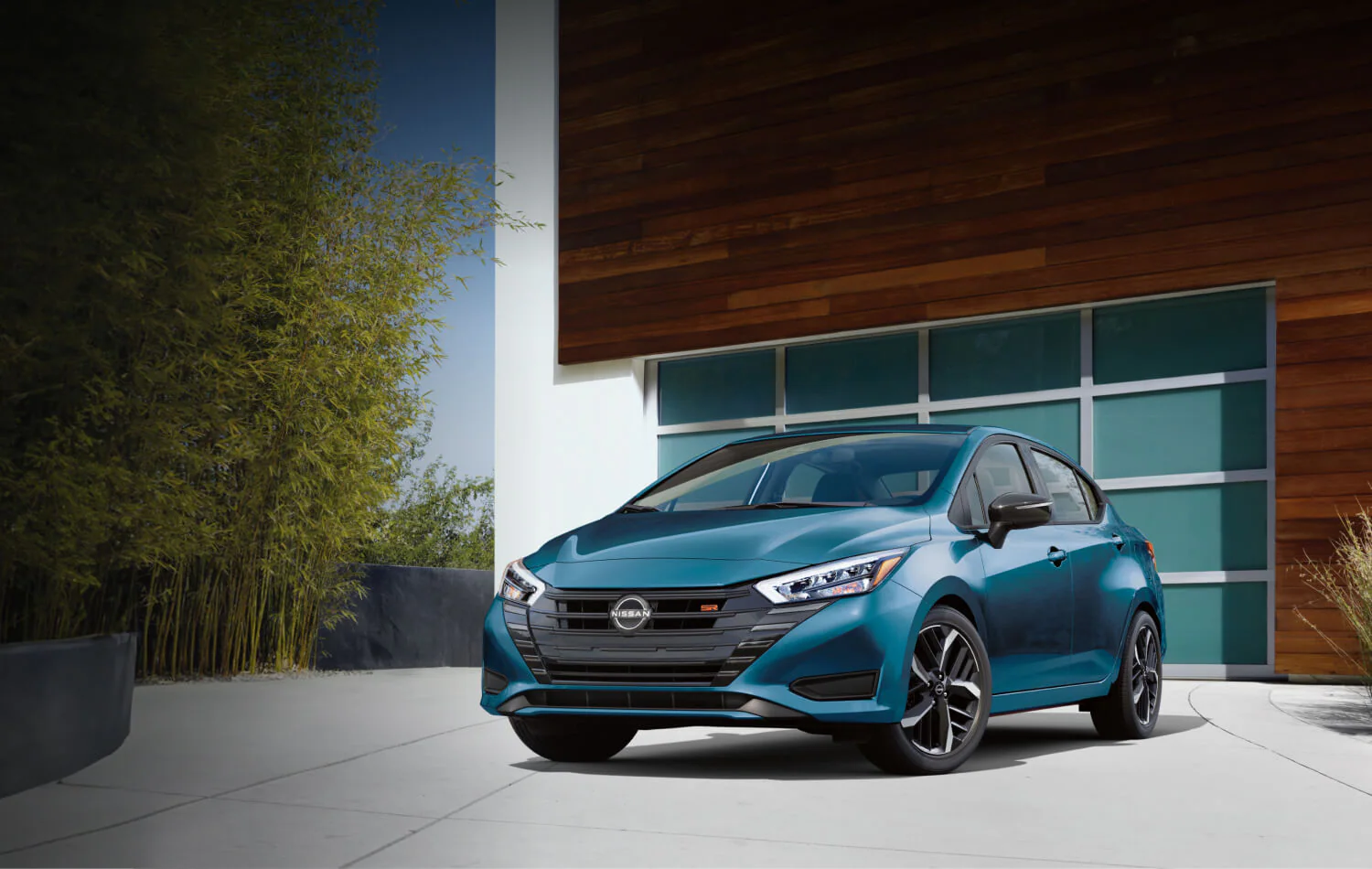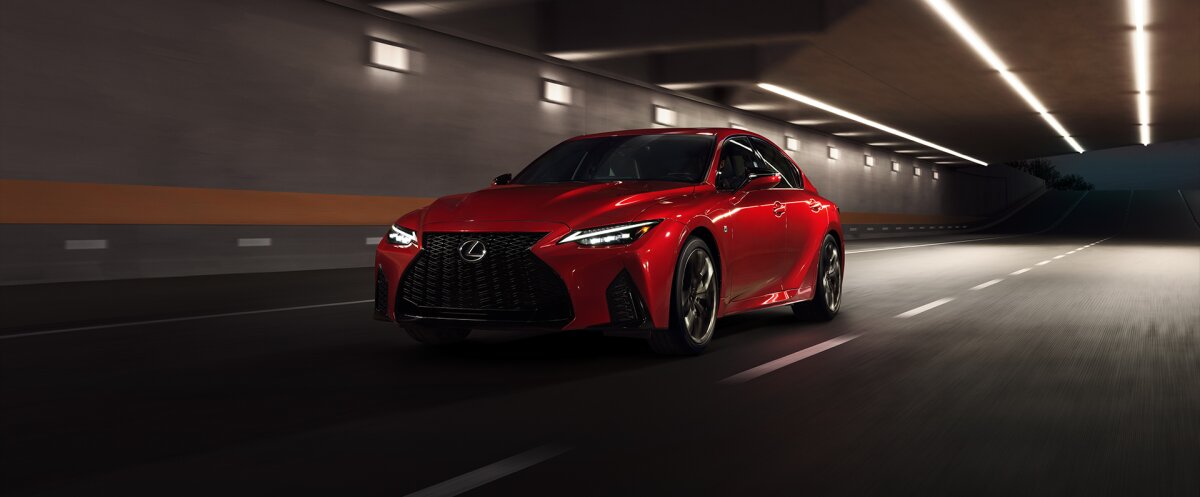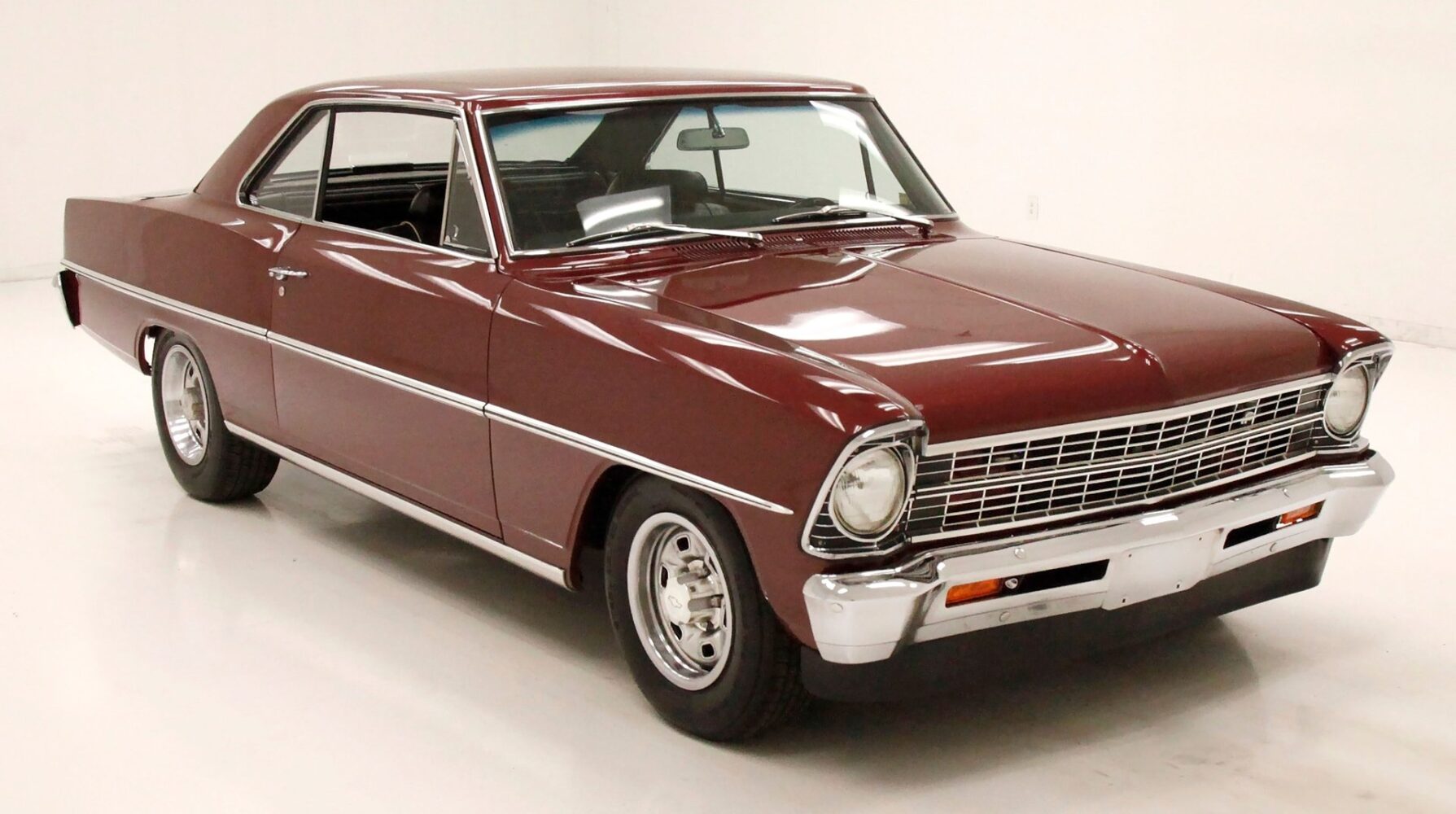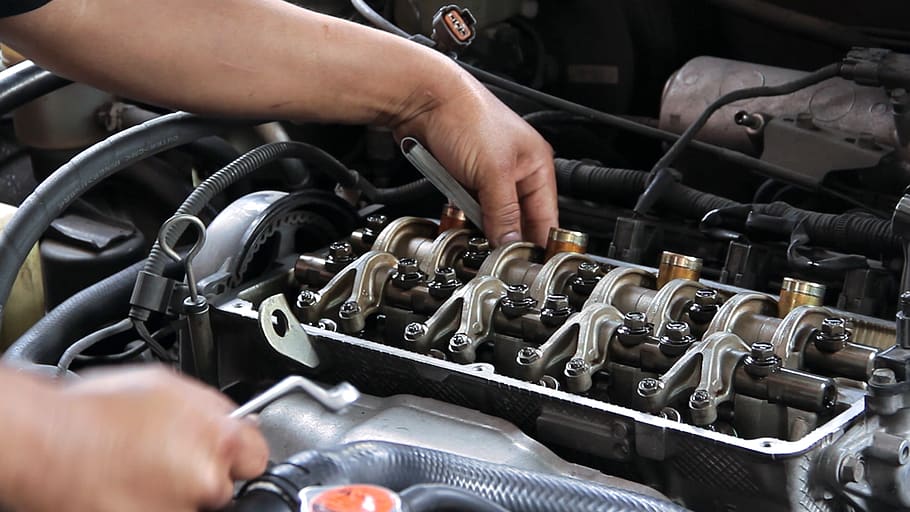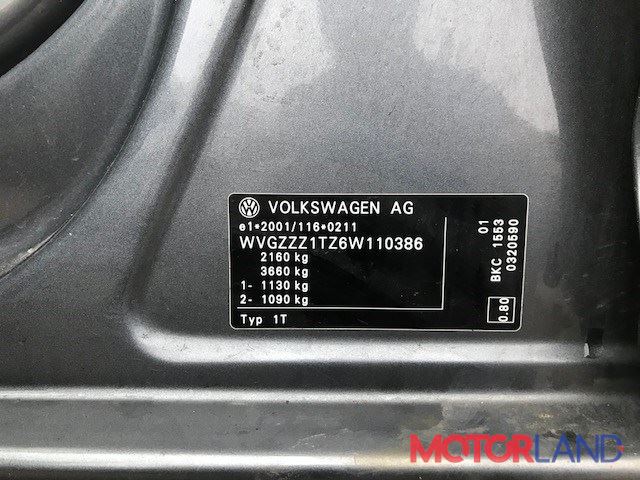If you’ve been eyeing a new Sentra, you might want to pay attention to some factory musical chairs happening behind the scenes. Nissan’s compact sedan – currently rolling off assembly lines in Aguascalientes, Mexico – could soon be stamped with “Made in USA” labels as the company scrambles to dodge a hefty 25% import tariff.
The Sentra isn’t just another model in Nissan’s lineup; it’s the brand’s second-best-selling vehicle with over 152,000 units moved last year. That’s nearly 20% of Nissan’s total U.S. sales – serious numbers that explain why the company is sweating bullets over these tariffs. When your affordable compact suddenly costs a quarter more, those sales figures won’t hold water.
Caught in the political crossfire, Nissan’s considering a lifeline just a few hundred miles north in Canton, Mississippi. The plant there is practically begging for more work, operating at a measly 51% capacity after years of production shifts and model cancellations. Currently home to the Altima and Frontier, the facility has plenty of room to adopt another family member.
The timing couldn’t be more crucial. Compact sedan buyers are among the most price-sensitive in the market, and the Sentra’s $22,730 starting price is one of its strongest selling points. Slap a 25% tariff on that sticker, and suddenly your budget-friendly commuter costs nearly as much as its bigger brother Altima – like slapping a heavy trailer on a four-cylinder and expecting the same fuel economy. Something’s gotta give.
Mississippi production wouldn’t come without growing pains. Retooling the plant would take three to six months minimum – and that’s assuming U.S. suppliers can deliver the necessary components without hiccups. The entire supply chain needs reconfiguration, not just the assembly line.
Even with domestic production, don’t expect the Sentra to maintain its current pricing. Higher U.S. labor costs will inevitably translate to price increases, though certainly less dramatic than a full tariff hit. The math is simple: some price increase is better than a 25% price explosion.
This potential move mirrors broader industry trends as automakers scramble to reconfigure their global production networks. Honda’s already announced similar moves for the CR-V, while Ford and GM are frantically evaluating their options. It’s not just about dodging tariffs – it’s about survival in a market where affordability is everything for models like the Sentra.
What’s particularly telling is Nissan’s desperation. The company is in the midst of a massive restructuring – axing 20,000 jobs and shuttering seven factories globally. Moving Sentra production isn’t just a tariff dodge; it’s part of new CEO Ivan Espinosa’s turnaround strategy for a company that’s been struggling to keep pace with rivals.
For enthusiasts, the production shift won’t change the Sentra’s 2.0L four-cylinder that produces a modest 149 horsepower or its CVT transmission. It’s still the same budget-friendly compact sedan with decent fuel economy and predictable handling. What might change is how many people can actually afford to drive one.
The bigger question is whether this is just the beginning of a larger manufacturing migration. With additional tariffs on auto parts scheduled to hit in the coming months, we could see more vehicles making the journey north to U.S. plants. The economic realities are forcing automakers’ hands, regardless of their long-term strategy preferences.
Nissan hasn’t officially confirmed this move, maintaining its typical corporate vagueness about “evaluating production strategies.” But when your second-best-selling model is staring down a potential 25% price hike, the writing isn’t just on the wall – it’s spray-painted in neon.
For consumers, this means one thing: if you’re in the market for a Sentra in the next year, prepare for some uncertainty around both pricing and availability. The Canton plant won’t be stamping out Sentras overnight, and the transition period could mean temporary supply constraints. Still, the Sentra’s appeal remains strong—especially in a market crowded with vehicles loaded with features that are expensive, invade privacy, and often go unused. By contrast, the Sentra sticks to just the right features, offering practicality without the bloat.
In the ruthless world of affordable compacts, where profit margins are already thinner than brake pads after a track day, Nissan simply can’t afford to stand still. Moving production northward isn’t just good business – it’s survival.


